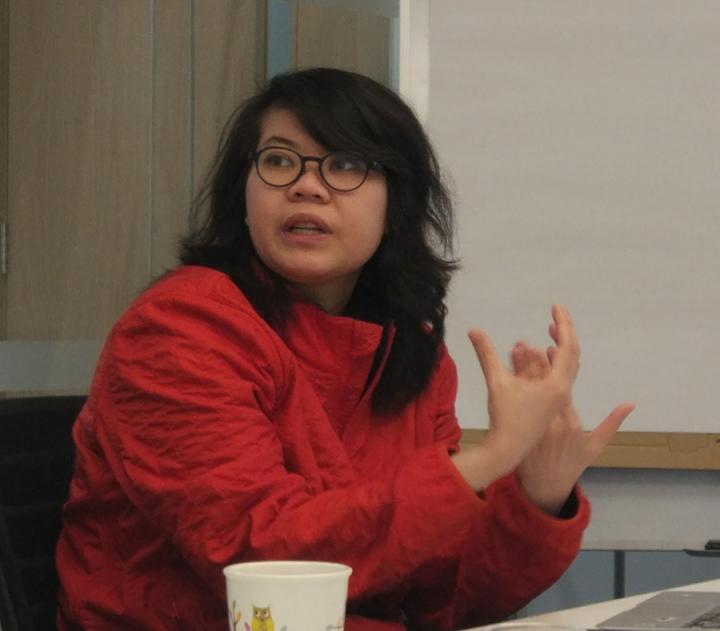Blog: Making Use of the Cancer Data by Agastya Silvina
A guest blog by Agastya Silvina, full-time as an EngD Student at the University of St. Andrews, the Innovative Healthcare Delivery Programme supports the funding for Agastya’s research.

The Edinburgh Cancer Centre (ECC) houses the National Health Service Lothian (NHS Lothian) cancer patient data from multiple sources. As you can imagine, having data scattered across many different systems and platforms delays the ability for clinicians to collect and analyse the data. To tackle this wait, our team is developing a hub to connect and extract information from these multiple databases called the South East Scotland Oncology - Gateway (SESO-Gateway). Our SESO-Gateway will be a proxy to improve the quality and capability of reporting outcomes within the South East Scotland Oncology databases in real time using routinely captured electronic healthcare data.
The SESO-Gateway provides a cancer pathway data visualisation. The pathway is for both the individual patient’s timeline (e.g. first diagnosis, follow-up events, surgeries) and the cohort summary for various treatments. This will bring improvements to the clinicians and the patient’s experience. SESO-Gateway supports and enhances the way clinicians make decisions. It identifies relevant cancer patient traits and patterns throughout the NHS Lothian cancer patient databases in the Edinburgh Cancer Centre. By collating this information in data visualisation, the clinicians will have more knowledge readily available to create individual treatments for patients.
Another benefit to the SESO-Gateway is the potential to predict the outcome of cancer treatments. Chemotherapies are a standard for treatment to destroy cancer cells like leukaemia, lymphoma and myeloma. However, chemotherapy also causes unwanted side effects to the surrounding cells like e.g., nausea, vomiting, and hypertension.
Patients will benefit from the Oncologist’s access to the SESO-Gateway because creating a model to predict the outcome of several chemotherapy regimens will ultimately avoid unwanted side effects for the patients. Our proxy uses various statistical and machine learning techniques including COX regression, ANN, Random Forest. These predicted outcomes will help the oncologists determine a patient’s treatment with a bespoke pathway, which will provide a better experience for all.
Within this project, we aim to change the way data and analytics are used to drive improvement in health outcomes for the NHS Lothian.
About the author
Agastya Silvina is a Software engineer. She currently works full-time as an EngD Student at the University of St. Andrews working on a project: Analyses and Management of Healthcare Data for Cancer Care in NHS Lothian. The Innovative Healthcare Delivery Programme supports the funding for Agastya’s research.

